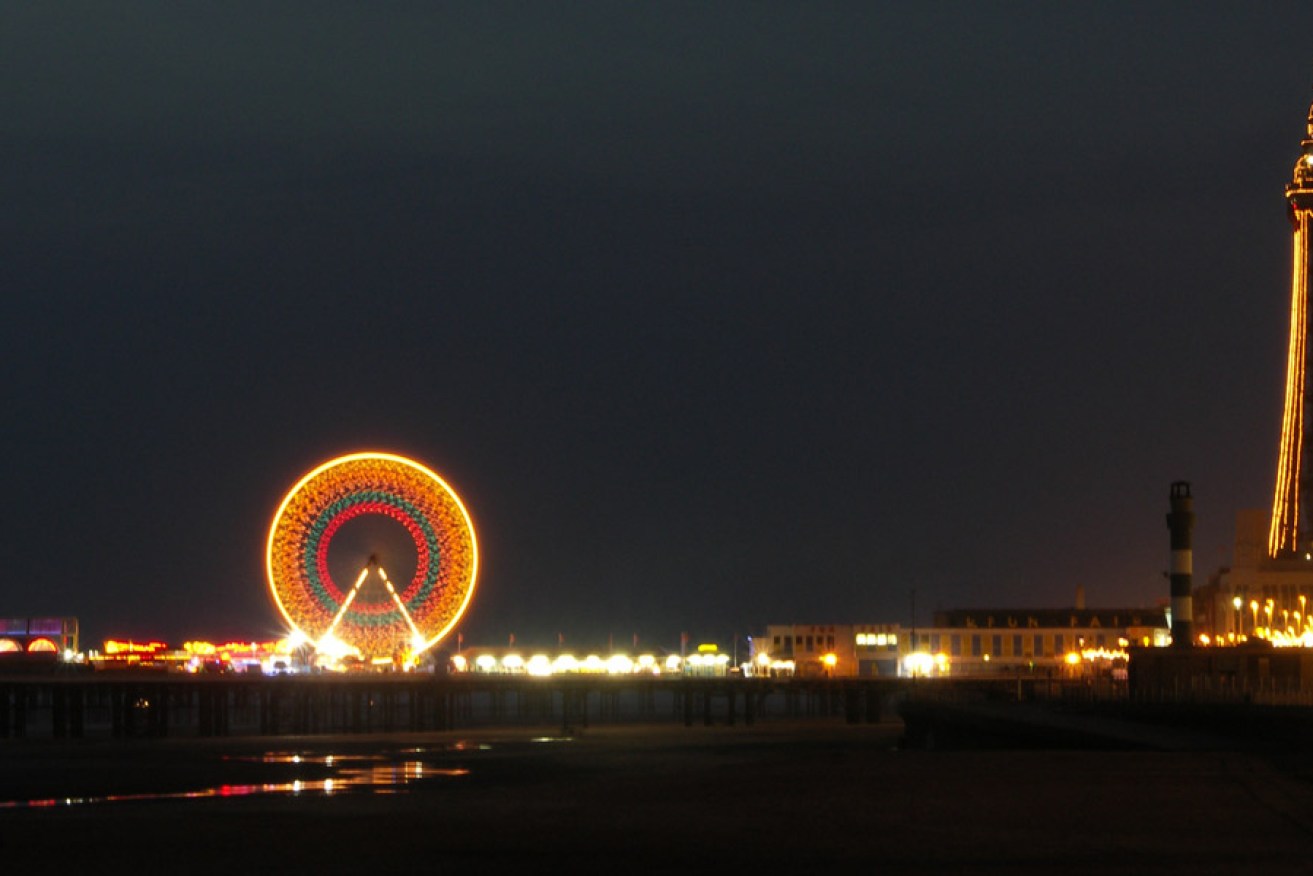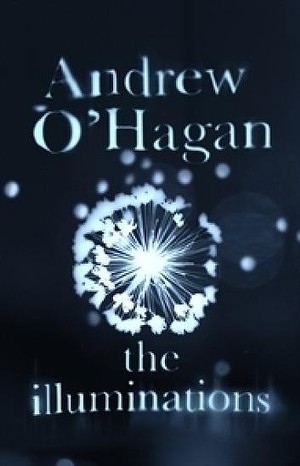Andrew O’Hagan’s The Illuminations

The Blackpool Illuminations. Photo: Henry Brett/flickr
The recurring motif in this book is light, which isn’t surprising given the title. But it is not immediately clear what is being illuminated.
Early on we are introduced to the Blackpool Illuminations, a festival of light that has been drawing people to that English seaside town since 1879. But we don’t return to Blackpool until much later. In between lays the story, and it is a good one, with two interweaving narratives that initially could not be further apart, but which come together gracefully.
At the heart of this book is Anne Quirk, a woman in her 80s living in a retirement home in Saltcoats on the west coast of Scotland. The electricity sockets in her kitchen have been taped over with Elastoplast, and the rings of her stove are covered up to prevent her from cooking.
Anne’s neighbour, Maureen, pops in frequently to sort out small confusions, and to hear Anne talk about her past; about living in New York, about taking photographs and about the love of her life, Harry Blake. There is a sense of time running out for Anne, of days darkening and memories falling like autumn leaves. Maureen tries to catch them, and when letters arrive from Anne’s grandson, Luke, Maureen reads them aloud.
Luke is a captain in the British army, though he might have been a poet. During the long hot wait for landmines to be dug out of the Afghan road on which his convoy is travelling, he tells his boys to write their last letters – “a quick note just in case”, writes O’Hagan.
They write them while waiting for their turn on XBox. When Luke sits to write his letter, it is his grandmother, rather than his mother, that he addresses.
When he was a boy, Anne had talked to him about art and books. She showed him how light can illuminate the most ordinary object and make it beautiful – she “had given him the world not as it was but as it might be”.
O’Hagan moves effortlessly between the soft furnishings of a Scottish retirement home and the harsh desert heat of Afghanistan. He has so convincingly captured the mood and vernacular of both, that I imagine he was imbedded, alternately, with the Royal Highland Fusiliers during a recent Afghan campaign, and with a bingo group that met weekly at a local aged-care facility somewhere in Scotland.
But it is not his skill as a writer of place that makes this book so enjoyable, it is his sensitive understanding of relationships, and his ability to show human frailty and strength with subtlety and compassion.
In a photograph, it is the play between shadow and light – what is seen and what is unseen – that makes for a beautiful composition. This book has been composed in much the same way. O’Hagan reveals just enough about his characters to convince the reader their lives are worth investing in; that the story hidden in the shadows of the text is worth perusing. This is a well-written book with a satisfying conclusion.
And one more thing, for those who do not know: the Blackpool Illuminations are turned on at the beginning of autumn, at a time when the seaside season is coming to an end. They stay on for more than two months, adding light and colour to the darkening days leading up to winter. I didn’t know this when I read the book, and I didn’t need to, but it was illuminating, nonetheless.
This review was originally shared on Sydney’s Northern Beaches Radio.





